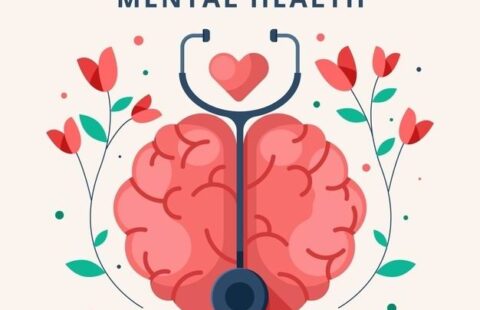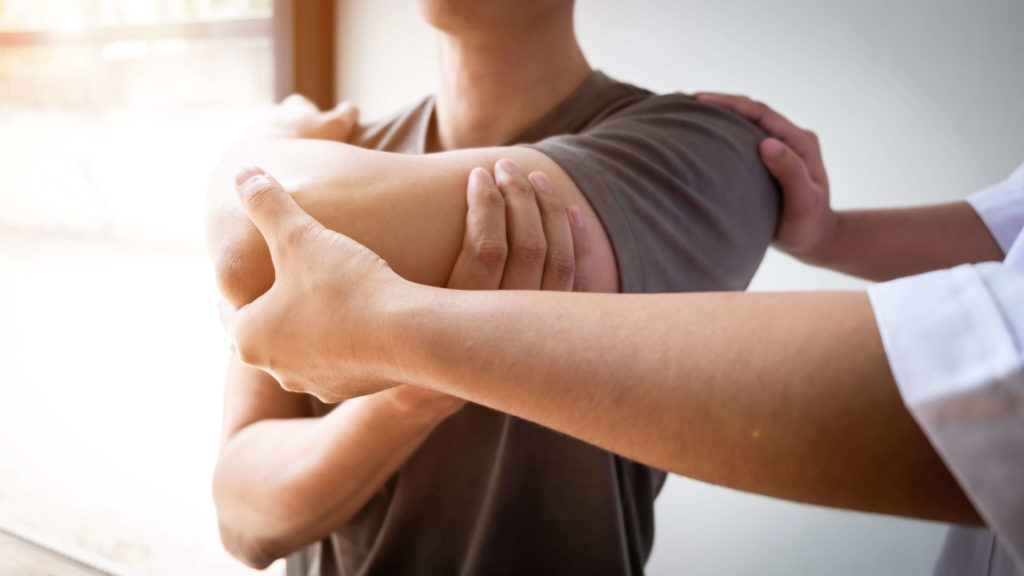Introduction:
Chronic pain can have a profound impact on daily life, making it essential to explore effective remedies for managing and alleviating discomfort.
In this article, we will discuss five remedies, including the use of massagers. That can help individuals cope with chronic pain. These remedies encompass heat and cold therapy, TENS units, massage therapy, mind-body techniques, and topical analgesics. By incorporating these approaches into a comprehensive pain management plan, individuals can find relief and improve their overall well-being.
Heat and Cold Therapy:
Heat therapy is a widely used remedy for managing chronic pain for both men and women. By applying warmth to the affected area, whether through the use of heating pads, warm towels, warm baths, or hot water bottles, heat therapy helps relax muscles, improve blood circulation, and reduce pain. The heat helps to dilate blood vessels, increasing blood flow to the area and promoting healing. Additionally, heat therapy can alleviate muscle stiffness and tension, providing relief and improving mobility.
Cold therapy, also known as cryotherapy, involves the application of cold to the affected area to reduce inflammation and numb the area, which can provide pain relief. Cold therapy can be administered using ice packs, cold compresses, or even bags of frozen vegetables wrapped in a thin cloth. The cold temperature helps constrict blood vessels, reducing blood flow and minimizing swelling and inflammation. Cold therapy can be particularly effective for acute injuries, such as sprains or strains, as it can help numb the area and decrease pain sensitivity.
TENS Units:
TENS units are portable, battery-operated devices that deliver low-voltage electrical currents to the skin via electrode pads. These electrical pulses stimulate the nerves in the area of pain. Effectively blocking or modulating the pain signals being sent to the brain. TENS units are commonly used for various types of chronic pain, including arthritis, back pain, and musculoskeletal conditions.
To use a TENS unit, electrode pads are placed on the skin near the source of pain. The device is then activated, and it delivers gentle electrical impulses through the electrode pads. These electrical pulses stimulate the nerves, causing a tingling or massaging sensation in the area. By interfering with the pain signals, TENS units can provide temporary pain relief. The intensity and frequency of the electrical stimulation can be adjusted based on individual preferences. And the guidance of a healthcare professional, ensuring optimal pain management. Also, you can buy neck pain pillows online to add additional support to neck and back.
Massage Therapy:
Massage therapy is a well-known and effective remedy for managing chronic pain. Pain Relief Massagers, including handheld devices, massage chairs, or foam rollers, can provide targeted muscle relaxation, improved blood circulation, and pain relief. The mechanical pressure and kneading motions of massagers help to reduce muscle tension, promote relaxation. And increase the flow of oxygenated blood to the area. Additionally, massage therapy can stimulate the release of endorphins, the body’s natural pain-relieving and mood-enhancing chemicals.
Massage therapists employ various techniques to alleviate chronic pain. Swedish massage involves long, gliding strokes to improve blood circulation and relax muscles. Deep tissue massage targets the deeper layers of muscle and connective tissue to release tension and reduce pain. Trigger point therapy focuses on specific “trigger points” within muscles that can cause referred pain, applying pressure to alleviate discomfort. Myofascial release involves gentle stretching and manipulation of the fascia. The connective tissue surrounding muscles, to relieve tension and promote flexibility. These techniques, performed by trained massage therapists, can help reduce muscle stiffness, improve flexibility, and provide pain relief for individuals with chronic pain.
Mind-Body Techniques:
Mind-body techniques are increasingly recognized for their effectiveness in managing chronic pain. Practices such as meditation, deep breathing exercises, and yoga focus on the connection between the mind and body, promoting relaxation, reducing stress, and shifting attention away from pain. These techniques can be incorporated into daily routines and provide individuals with tools to cope with chronic pain.
Meditation involves quieting the mind and directing attention inward, often by focusing on the breath or a specific object. Regular meditation practice can help reduce pain perception, improve mental well-being, and enhance overall relaxation. Deep breathing exercises, such as diaphragmatic breathing or paced breathing, activate the body’s relaxation response, slowing the heart rate and promoting a sense of calm. Yoga combines physical postures, controlled breathing, and meditation to improve flexibility, strength, and balance, while also reducing stress and promoting pain management. Specific yoga poses and sequences can be tailored to target areas of chronic pain, offering relief and improving overall well-being.
Topical Analgesics:
Topical analgesics, including creams, gels, or patches, provide localized pain relief by applying the product directly to the skin. These products often contain active ingredients like menthol, capsaicin, or lidocaine, which have pain-relieving properties.
Menthol-based products create a cooling sensation on the skin. Which can help numb the area and provide temporary relief from pain. Menthol also stimulates cold receptors, providing a comforting sensation. Capsaicin, derived from chili peppers, reduces pain sensitivity by depleting substance P, a chemical involved in transmitting pain signals. It can initially cause a warming or burning sensation, but repeated use can lead to pain reduction. Lidocaine is a local anesthetic that blocks nerve signals, effectively numbing the area and providing temporary pain relief.
When using topical analgesics, it is important to carefully follow the instructions on the product packaging. Apply the product to the affected area, massaging it gently if necessary. It is essential to be aware of any potential skin reactions or allergies and discontinue use if any adverse effects occur. It is advisable to consult with a healthcare professional before using topical analgesics. Especially if there are specific medical conditions or concerns.
Conclusion:
By incorporating these five remedies into a comprehensive pain management plan, individuals living with chronic pain can find relief and improve their overall well-being. However, it is crucial to consult with a healthcare professional to develop a personalized treatment plan. That addresses specific needs and circumstances.




















